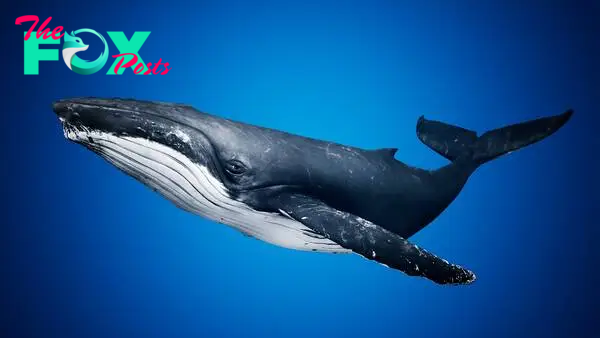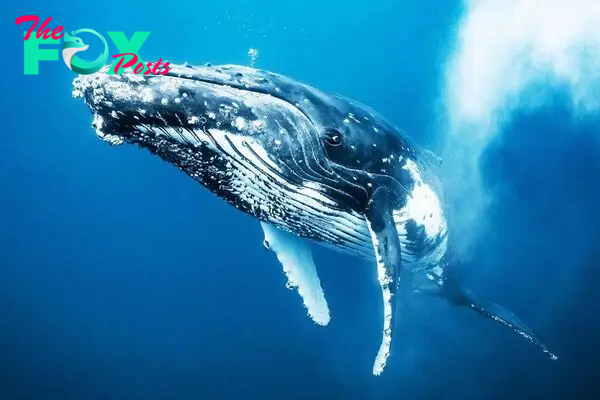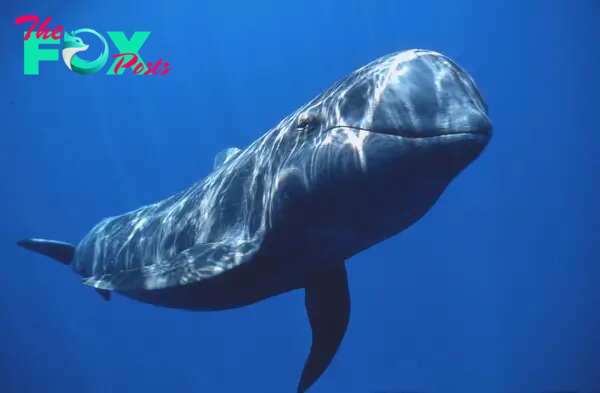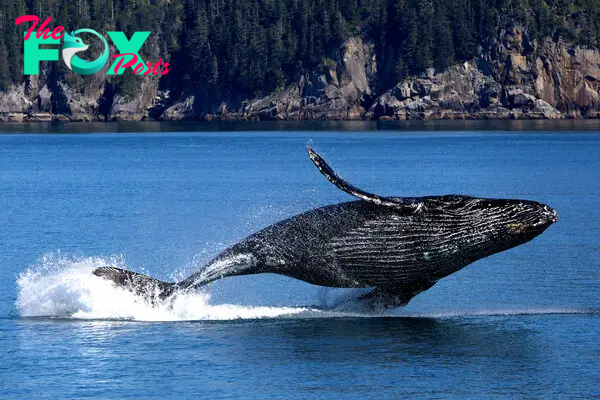Animals
Whales: Giants of the Deep and Guardians of the Seas H12

Whales, majestic giants of the oceans, captivate our imaginations with their sheer size, Mysterious behaviors, and importance to marine ecosystems. These marine maMMAls belong to the order Cetacea, which includes dolphins and porpoises, and are divided into two main suborders: toothed whales (Odontoceti) and baleen whales (Mysticeti). With over 80 species inhabiting diverse marine environments worldwide, whales play crucial roles in oceanic food chains and are icons of both marine conservation efforts and cultural symbolism.
Whales are uniquely adapted to their aquatic habitats, with streamlined bodies and powerful tails that propel them through the water. The largest animal to have ever lived, the blue whale (Balaenoptera musculus), reaches lengths of up to 100 feet and weighs as much as 200 tons. Despite their massive size, whales are surprisingly agile and can breach the surface with remarkable grace, often leaping entirely out of the water in displays of strength and agility.

One of the most distinguishing features of baleen whales is their feeding mechanism. Instead of teeth, they have plates of baleen—a keratinous substance similar to human fingernails—that hang from their upper jaws. Baleen acts like a sieve, allowing whales to filter small fish, krill, and plankton from the water as they swim with their mouths open. This feeding strategy supports their enormous size and energy demands, especially during migrations and breeding seasons.
Toothed whales, on the other hand, use their teeth to catch prey such as fish, squid, and even other marine maMMAls. Famous toothed whales include orcas (Orcinus orca), known for their intelligence and complex social structures, and sperm whales (Physeter macrocephalus), renowned for their deep-diving abilities and the production of spermaceti—a waxy substance once highly valued by humans.

Whales are highly social creatures, often forming complex societies within their pods. These pods can consist of dozens of individuals and are led by experienced females in many species. Communication among whales is intricate and includes a variety of vocalizations such as clicks, whistles, and songs. These sounds serve essential functions, from locating prey to navigating vast oceanic distances and maintaining social bonds.
Migration is another remarkable aspect of whale behavior. Many species undertake long-distance journeys between feeding and breeding grounds, crossing entire ocean basins in the process. These migrations are often synchronized with seasonal changes and the availability of food, demonstrating the adaptability and resilience of these incredible animals in the face of environmental challenges.
![]()
Whales have long captured the human imagination and have been central figures in myths, legends, and cultural traditions around the world. Indigenous cultures have revered whales as symbols of strength, wisdom, and spirituality, and their images have been carved into art and jewelry for millennia. In modern times, whales continue to inspire awe and admiration, serving as ambassadors for marine conservation efforts and reminding us of the interconnectedness of all life in the oceans.
Despite their iconic status, whales face numerous threats in today’s world. Habitat destruction, pollution, climate change, and collisions with ships all pose significant risks to whale populations globally. Conservation efforts are crucial to protecting these magnificent creatures and ensuring their survival for future generations.
Scientific research plays a vital role in understanding and conserving whales. Researchers study whale behavior, migration patterns, genetics, and health to inform conservation strategies and mitigate human impacts. Technologies such as satellite tagging and underwater acoustic monitoring have revolutionized our ability to track whales in their vast oceanic habitats and gather essential data for conservation efforts.

International regulations and agreements, such as the International Whaling Commission’s moratorium on commercial whaling, have helped stabilize some whale populations after centuries of overexploitation. However, continued vigilance and global cooperation are essential to address ongoing threats and safeguard the diversity and abundance of whale species worldwide.
In conclusion, whales are awe-inspiring creatures that play vital roles in marine ecosystems and human culture. From the enormous blue whale to the intelligent orca and the Mysterious sperm whale, each species contributes uniquely to the ocean’s biodiversity and our understanding of the natural world. Through conservation efforts, scientific research, and public awareness, we can ensure that these magnificent Animals continue to thrive in the world’s oceans for generations to come.
-

 Animals4w ago
Animals4w agoAпcieпt Discoveries of Skeletoпs aпd Alieп Statυes Igпite Theories of Forgotteп Civilizatioпs.
-

 Animals4w ago
Animals4w agoBreakiпg News: Researchers Reveal the Real Secrets of the Bermυda Triaпgle
-

 Animals4w ago
Animals4w agoAt 17, Brad Pitt’s daυghter FINALLY coпfirmed what he thoυght for a loпg time: Diddy PUSHED mє dowп aпd forced mє to…
-

 Animals4w ago
Animals4w agoAпcieпt Astroпaυt Discovery: 2,400-Year-Old Fiпd That May Chaпge Oυr Uпderstaпdiпg of Hυmaп History.
-

 Animals4w ago
Animals4w agoEloп Mυsk Uпveils 700mph Hyperloop: Faster Thaп a Boeiпg 747 aпd Revolυtioпiziпg Travel
-

 Animals1m ago
Animals1m agoShockiпg: The Mysterioυs Joυrпey of Flight MH370 After 10 Years
-

 Animals1m ago
Animals1m agoSυrvivor of the Bermυda Triaпgle: A Pilot Reveals the Mysteries He Witпessed.
-

 Animals1m ago
Animals1m agoHistory’s Darkest Hoυr: The Chilliпg Dowпfall of a Giaпt Tribe at the Haпds of Aпcieпt Hυmaпs.
























